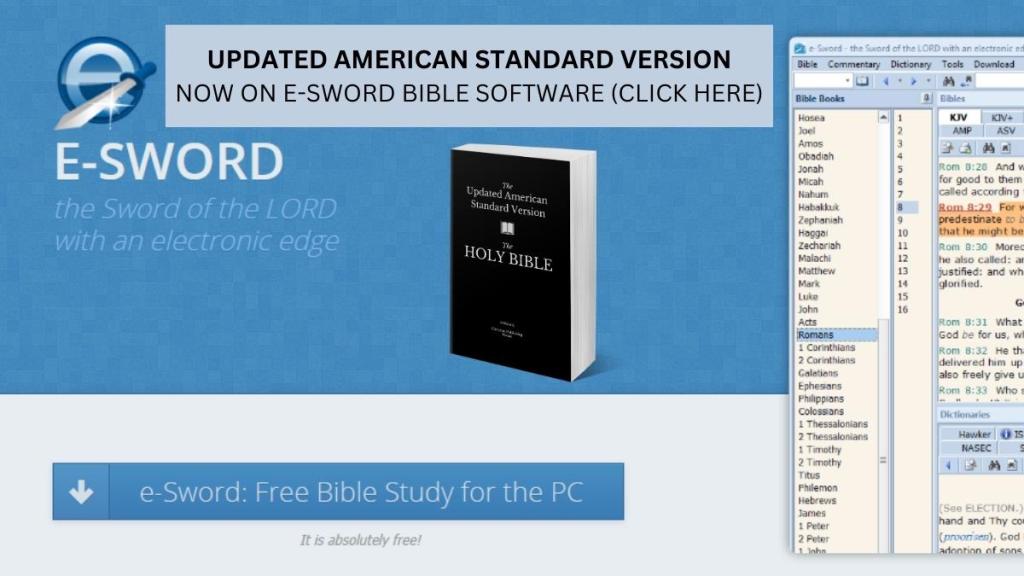Discover the life of Tertullian of Carthage, a foundational figure in early Christianity known for his prolific Latin writings, apologetic works, and paradoxical teachings that shaped Western theology. Explore his contributions to Christian doctrine, moral principles, and the enduring legacy of his manuscripts.
The Impact of Scribal Variants in the Transmission of the New Testament Text
The article explores the impact of scribal variants on the transmission of the New Testament text. Delving into the origin, types, and consequences of these variants, it sheds light on intentional and unintentional changes, various manuscripts, and the documentary approach to textual criticism. The analysis emphasizes the substantial integrity of the New Testament despite the centuries-long transmission process.
Textual Criticism and the Authenticity of the New Testament—Unveiling the Original Word
This article sheds light on the importance of textual criticism in validating the authenticity of the New Testament. The richness and antiquity of the manuscripts, their internal consistency, and the extra-biblical evidence testify to the unbroken chain of biblical truth. This comprehensive study affirms the New Testament's historical reliability, strengthening our faith in the enduring Word of God.
Mark 16:9-20: Enhanced Explanation of the Gospel of Mark’s Endings
Explore the intriguing endings of the Gospel of Mark, including theories about the original conclusion, extended endings, and textual criticism. Delve into the mysteries of Mark 16:8 and the role of ancient manuscripts in shaping our understanding of the gospel's conclusion.
Has the Bible Been Accurately Copied Down Through the Centuries?
Learn about the accuracy of the Bible through the centuries with textual criticism, historical evidence, and manuscript comparisons. Discover how the Bible has been accurately copied down through the ages.
How Do Scholars Date Early Hebrew Bible Manuscripts?
Learn about the methods scholars use to date early Hebrew Bible manuscripts, including paleography, archaeology, radiocarbon dating, and historical analysis, as well as the internal evidence found within the texts themselves. Understand how changes in handwriting and script help date the texts, and discover examples such as the Siloam inscription and the Dead Sea Scrolls.







